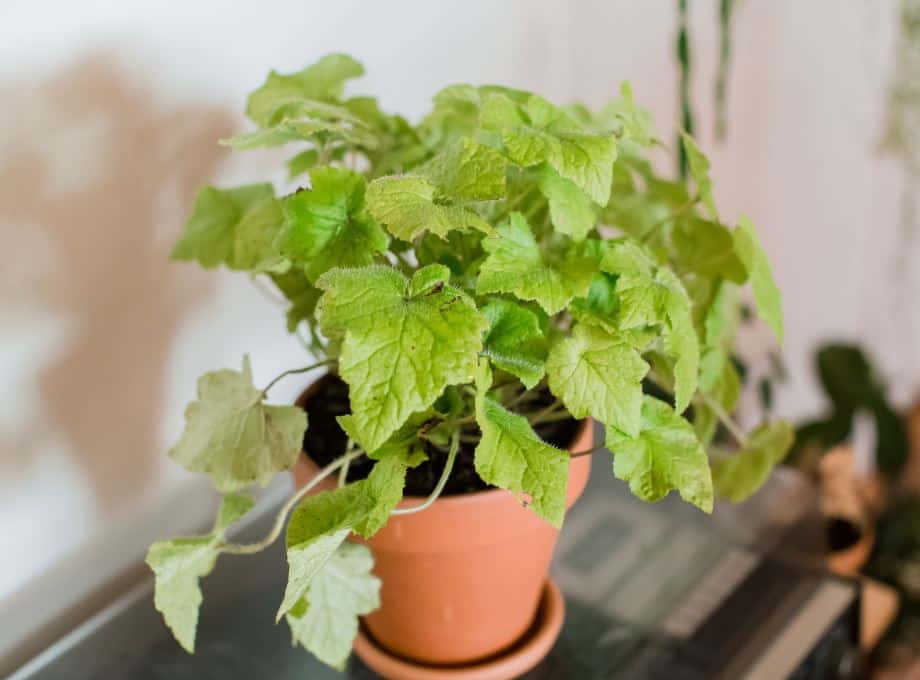The piggyback plant is well known for being a low-maintenance houseplant. The piggyback plant is a native of western North America and may be found from northern California up to Alaska. Piggyback plants may be cultivated inside or outdoors with little maintenance.

Piggyback Houseplant Info
Tolmiea menziesii, the piggyback plant’s scientific name, honors its two discoverers, Dr. William Fraser Tokmie (1830–1866), a Scottish physician serving as a Hudson Bay Company employee at Fort Vancouver, and Dr. Archibald Menzies (1754–1842), a trained botanist and ardent North American species collector.
The piggyback plant’s method of proliferation is a unique trait. You may get a clue from its common name. Piggybacks form buds at the base of each leaf, where the petiole (leaf stalk) joins the leaf. New plants “piggyback” on the parent leaf to support themselves, causing it to sag and touch the ground. After then, the new piggyback will grow roots and become a brand-new plant. Place a leaf into some dirt, and it will immediately root and grow there.
Growing a Piggyback
The piggyback is an evergreen that requires damp, chilly environments that are shielded from extremely harsh sunshine where it is found in its native habitat. When planted in a shaded area, this hardy, under one-foot (31 cm) tall plant thrives as a perennial in many climate zones. The piggyback plant has an amazing propensity to expand outside and quickly develops a substantial ground covering.
This plant’s stems emerge from the earth slightly below or on top of the surface. The leaves have the appearance of emerging from the earth like stars. When grown outdoors, the evergreen leaves tend to appear a little straggly by spring, but new foliage quickly fills in. The typical piggyback plant has attractive light green foliage, but the Tolmiea Menziesii variegate (Taff’s Gold) variant has spotted leaves that are a mosaic of yellow and green.
Small, purple piggyback blooms grow on long stalks that emerge from the leaves. The piggyback makes gorgeous thick hanging or potted plants but often does not flower when used as a houseplant.
Indoor Piggyback Care Instructions
Place piggyback plants in a location with indirect bright, moderate, or low light, whether in a hanging basket or a pot. The finest exposure is to the east or west.
Consistently moisten the soil. Only water as required, and check every day. Keep water away from your piggyback houseplant.
Between May and September, fertilize the plants once a month with a liquid fertilizer by following the manufacturer’s directions. After the rest of the year, feed the piggyback every six to eight weeks.
The plant may be moved outdoors in May for the summer, but it must be brought back inside in early September. This exceptionally hardy plant can withstand a wide range of temperatures. However, it likes temperatures between 50 and 60 degrees Fahrenheit (10 to 16 degrees Celsius) at night and above 70 degrees F (21 C) during the day.
Last but not least, even though the piggyback can withstand practically any circumstance that would kill most other plants, deer are invincible. Although deer like eating piggyback plants, they often only do so when there is a shortage of other food. This is another argument in favor of cultivating a piggyback plant inside.

